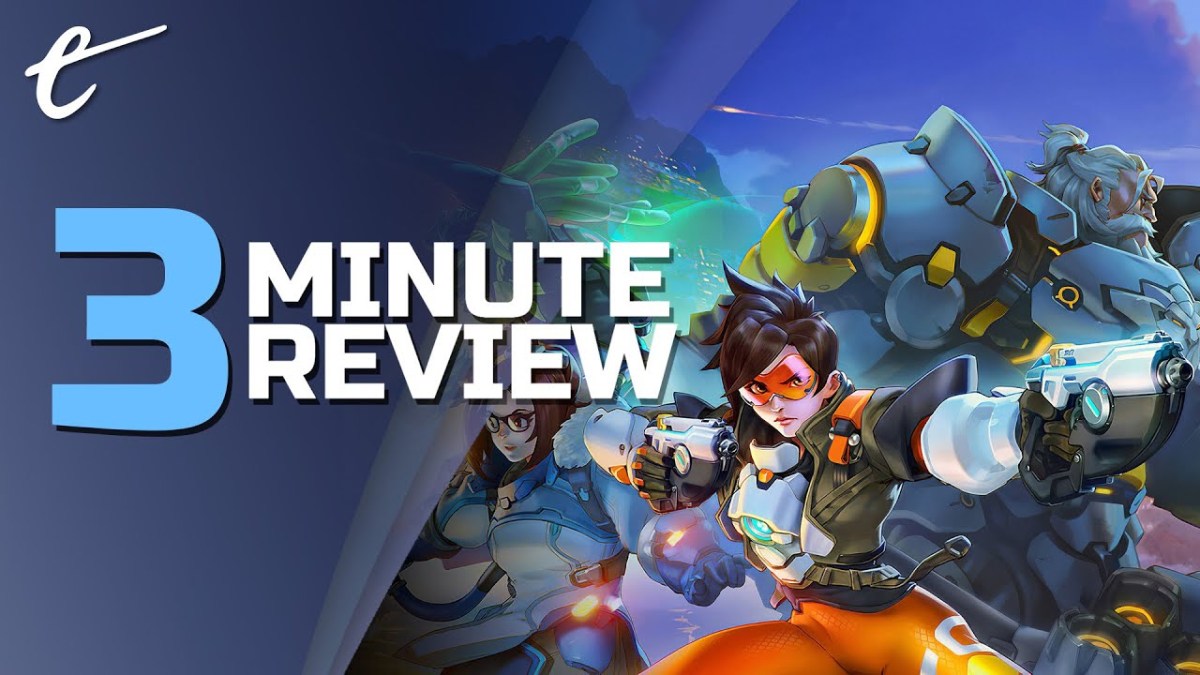Overwatch 2 is the sequel to the 2016 breakout hero shooter from Blizzard. This review will only cover the PvP side of Overwatch 2, as the much anticipated PvE portion has been pushed back to sometime next year.
Right out of the gate, Overwatch 2 introduces some notable changes. First and foremost is its new free-to-play model, which removes loot boxes and injects a standard battle pass progression into the formula. While this eliminates the uncertainty of where the money you spend goes, it introduces significant grind or costs for cosmetic and character unlocks. The experience for new and returning players will differ as veterans will have access to the original roster and two of its three new additions, Sojourn and Junker Queen. Kiriko will need to either be purchased or unlocked about halfway through the 80-tier free track of the battle pass.
New players will go through an onboarding process, slowly unlocking the roster over time. It’s an aggressive decision meant to ease them into the game’s mechanics and meta over 100 or so matches. Casual modes will not impose these character limitations, but the competitive mode will demand 50 victories in quickplay before you’re allowed to participate. As a long-time Overwatch player I like the idea of preparing newbies for the sweaty team comp and counter-picking meta, but I imagine some players may resent the hand-holding and restrictions.
The second big change is a shift from 6v6 to 5v5 matches. This speeds up pretty much all team fights and helps healers and tanks manage their roles easier with the reduced number of players. Tanks in particular feel retuned to compensate for the lack of a sixth player, with many of them now being much more dangerous to approach. Orisa for example no longer has a shield to hide behind but instead can launch a spear that can push and pin enemies to walls. Many DPS characters received tweaks that seem to promote less camping, like Cassidy’s flash bang being swapped out for a sticky grenade or Bastion’s turret mode now being mobile and on a cooldown. Generally speaking, gameplay feels much the same as in Overwatch 1, which is to say it’s fun as all hell.
There’s no change so significant to the core gameplay that it feels like a different experience, which may disappoint anyone who wasn’t already sipping the Overwatch Kool-Aid. But the lower barrier to entry, namely the free price tag, may entice holdouts to give it a try. To veteran players or those who have lapsed, the game will likely feel very familiar even while experiencing the new content.
The new Push game mode emulates a sort of reverse tug of war and has each team leading a robot to move a barrier further into enemy territory than the other. It fits so naturally among the payload and capture game types that it feels odd for it to have only shown up now. New maps are set in locations like Rome, Toronto, and Portugal and also seamlessly blend in with the original content to the point that I questioned if a few were actually new or not. But none of that familiarity works against the game. You can expect all of the previous game modes and custom workshop creations to be available as well.
The characters and maps have all undergone a nice graphical facelift, but it’s so subtle you could be forgiven for not seeing the difference without a direct comparison. However, everything is just a little more fluid and detailed than before.
Overwatch 2 so far feels like the reawakening of a sleeping giant. The original game dwindled in presence mostly due to a lack of updates, which this sequel essentially is. What comes with the anticipated single-player experience still remains to be seen and is an intriguing unknown, but even without it, Overwatch is back. The game is free to play and releases October 4 on PC, PlayStation 4, PlayStation 5, Xbox One, Xbox Series X|S, and Nintendo Switch.
Watch the Review in 3 Minutes for Overwatch 2 PVP.






Published: Oct 5, 2022 12:30 pm